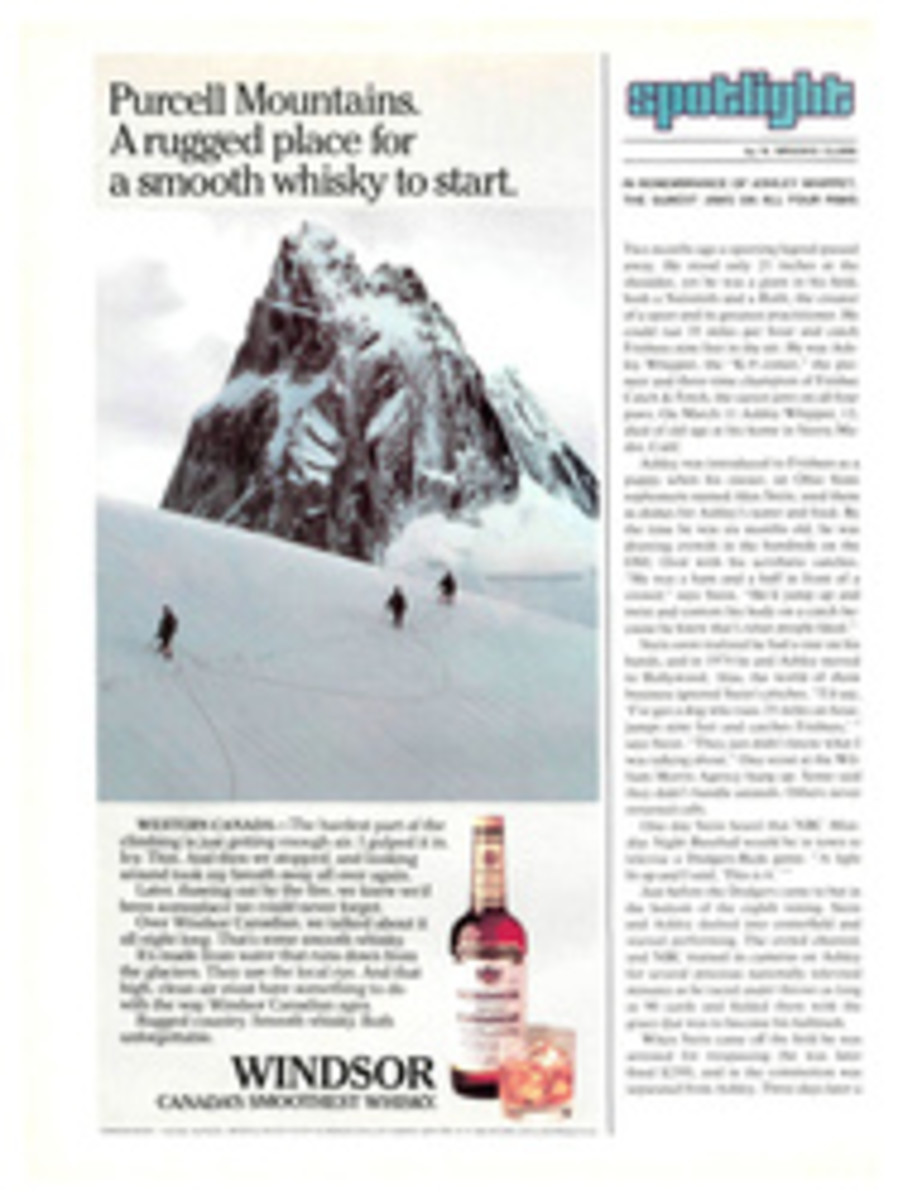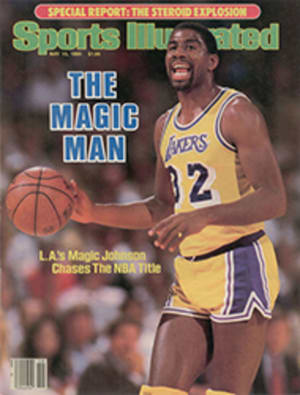
THE AUTHOR WENT INTO THE BATTING CAGE A MAN, BUT HE CAME OUT A KID
One spring evening when I was 14, I stepped into a suburban Boston intersection, shouldered a Louisville Slugger and laid into a baseball. The ball flew over a broad lawn, slammed into the roof of a Tudor-style house, and as slate tiles crashed to the ground, a voice called out, "Who's the new Babe Ruth?" I was. I had been practicing, and I soon became the best hitter in my neighborhood. This was no great distinction, perhaps, though when ambition brought me to the island of Manhattan I went on to tear up the Softball diamonds of Central Park. But my Red Sox were obviously never going to summon me home, and it wasn't long before new interests intruded.
A valued part of my past seemed to be lost forever until one day recently when I saw an ad in the New York Post for the Bayside Batting Club—five half-hour lessons for $100. I took a cab to Bayside, in the borough of Queens.
The club turned out to be a cavernous former supermarket with netted compartments that contained five pitching machines, two for Softball and three of major league baseball quality, capable of serving curves and sliders. The owner and resident instructor was a 29-year-old former triple A outfielder named Steve Tipa. "Mr. Excitement," as he was known with the Panama Benqueros, took one look at my stance and went to work. My feet were too close, and my stride was so long that my hands and head were dropping when I swung. Tipa prescribed a wider stance, which allowed for a shorter stride and better balance. But I still wasn't connecting. Halfway through most of my swings, my head was jerking wildly to the left. Tipa said, "Maintain your head position. Keep your hands way back until you swing—they're in the center of your body now—and then punch forward with your right hand, turning your hip and pivoting off your rear foot."
A half hour of hitting instruction at Bayside uses up about 200 balls, and on the last 20 or 30 of that first day I made contact every time. However, I was only swinging at 50-mph "fastballs" and all I was hitting were grounders. As Tipa pointed out, "You're throwing the top hand too much." I understood this, but it was obvious that I had too many flaws to correct all at once, and the next day I discovered a new one. The pitching speed was increased to 60 mph, and my right hand was throbbing with pain from hitting "bad wood"—Tipa's bats are aluminum—inside pitches off the handle, outside ones off the end. The next day would bring only faster pitches and curveballs.
Is a baseball traveling at 70 mph a real fastball? In any league that I was ready for, at least, it was all but supersonic. I hit one off the handle, and the pain was so intense that I was actually afraid to swing again. I told Tipa, "Cut the speed to 65." I needed more good wood, so I switched from the 32-ounce bat I'd been using to a 33, and suddenly I seemed to find a groove. Each swing brought a lovely, hollow ping that rang out through the netting. But I curbed my enthusiasm. After all, I was hitting pitches down the pipe, waist-to chest-high. In the first two days, most swings at nearly anything else had brought either pain, foul tips or empty air. Now, I began to wait on the occasional outside pitch and to line the ball, pain-free, to what would have been right center. Once I took an inside pitch to left, high and hard. "Beautiful," Tipa called out. "That's off the wall at Fenway."
By the fourth day my head was stationary on nearly every swing. Only my eyes moved, tracking the ball. While awaiting pitches, my hands stayed back every time. But then the curveballs came. They approached the plate at 60 mph and darted toward the outside corner. Tipa hollered, "Inside pitch to left, outside to right." But I didn't think about the location of pitches, and still I sent balls flying in all directions.
As my last lesson began, I pulled an inside pitch that stuck high in the netting, and Tipa said, "That's gone, out of Fenway." The guy certainly knew what buttons to push. I wondered if the ball would have cleared the Green Monster if I'd been, say, a short-order cook and not a writer for a national magazine. But certainly I didn't need anyone to tell me I'd improved in five days.
Pop...pop...pop.... People had gathered outside the cage to watch me, and Tipa's compliments kept coming—"Beautiful bat speed.... Good form.... Nice shot to right on an outside curve...." And then, "Oh, we've got your number," when I missed two consecutive low curves. "Only two strikes," I said, then whacked the next pitch mightily.
Tipa called out, "Tough on two strikes. Looked like Ted Williams on that one." Was this guy angling for a book and a network TV series? I asked to have the machine stopped; I needed time to reflect. Tipa had said, "This isn't an amusement park. My customers want more than just to hit and leave. They want to make a team." But I knew that I might never swing at another baseball again. So why, really, was I taking lessons? Because once I'd been the best hitter in my neighborhood, or because I'd never played for the Red Sox and hadn't, in fact, even made my high school's varsity? Maybe I'd wanted a kind of second chance. I stepped back to home plate.
My shirt was soaked with perspiration, and I had a deep bone ache at the base of my right thumb. But I hit each of those last five pitches just right, rising line drives, every one of them a roof breaker.
ILLUSTRATION
PATRICK McDONNELL

